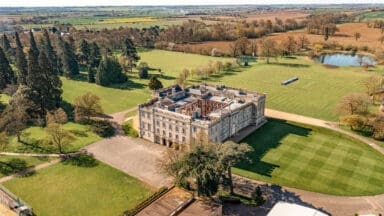
The Rockstar of the English Baroque’, Sir John Vanbrugh was one of the great Restoration dramatists. His architectural work was bold and daring as his early political activism and risqué plays.
Working with Nicholas Hawksmoor (c.1661-1736), he secured a series of commissions that would have an indelible effect on country house design. Although Vanbrugh’s corpus was not large, he popularised the ornate, full-blooded Baroque style that became de rigeur for grand country houses, temples, belvederes, pyramids and other garden features. Some of the architect’s significant creations include Castle Howard, Blenheim Palace, Seaton Delaval Hall, Grimsthorpe Castle, Kimbolton Castle and Stowe House.
Primarily known as an architect, he also played a significant role in garden design, particularly in the English Baroque style. He integrated architectural elements into landscapes, creating grand estates like Castle Howard and Blenheim Palace, where his vision extended to the gardens and surrounding grounds. The gardens at Blenheim Palace were initially laid out by Vanbrugh and Henry Wise, to be redesigned in 1764-74 by Capability Brown.
Vanbrugh’s theatrical background significantly influenced his approach, emphasising the dramatic interplay between architecture and landscape. Vanbrugh’s use of geometry and classical symbolism, like pyramids and obelisks, influenced later landscape design, including the works of eminent garden designer, Charles Bridgeman.
The originality of his work has earned him credit for a pivotal role in the development of the 18th-century English garden.
Vanbrugh300 Festival
Organised by The Georgian Group, the conservation organisation, Vanbrugh300 will includes a variety of events, exhibitions and activities at Castle Howard, Blenheim Palace, Seaton Delaval Hall, Grimsthorpe Castle, Kimbolton Castle and Stowe House – the architect’s most significant creations.
Vanbrugh300 will explore just how the untrained Vanbrugh became the most prominent starchitect of his time. Charming, intellectual and flamboyant, he was also gifted with extraordinary imaginative power and spatial ability as a designer – with a willingness to take liberties.
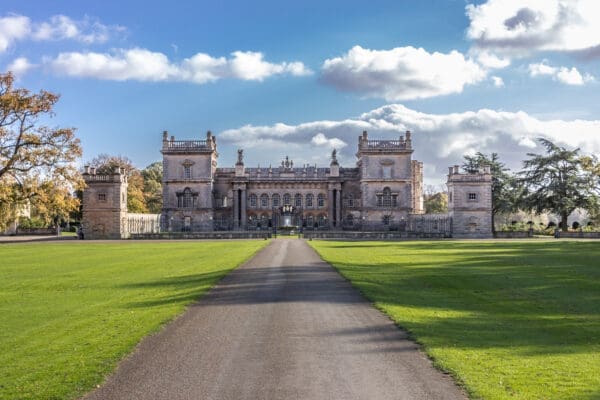
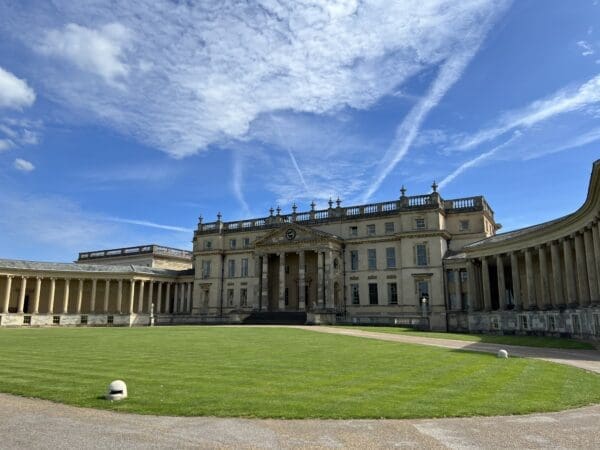
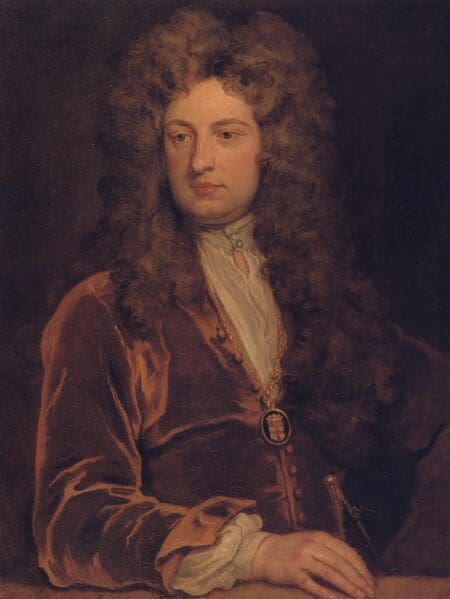
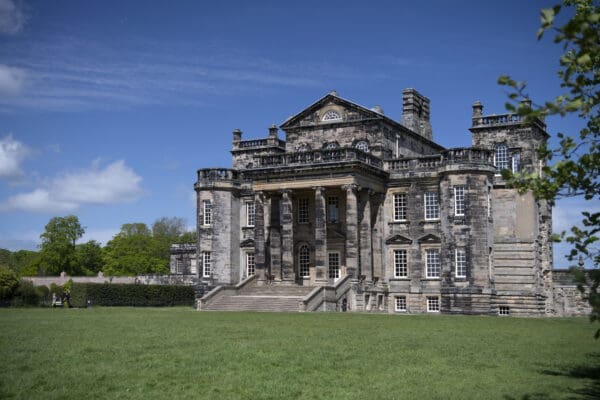
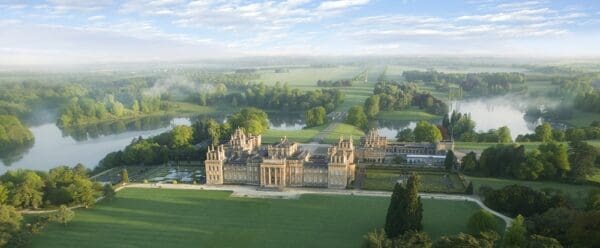
Activities held at Castle Howard (Yorkshire), Blenheim Palace (Oxfordshire), Seaton Delaval Hall (Northumberland), Grimsthorpe Castle (Lincolnshire), Kimbolton Castle (Cambridgeshire) and Stowe House (Buckinghamshire) will feature exhibitions, schools’ programmes, adult and community activities, lectures and volunteer training. The Georgian Group is also coordinating a complementary series of educational projects, in which Vanbrugh’s story will provide material to support the national curriculum learning in schools and initiate exploration with local communities.
“The tercentenary of Vanbrugh’s death represents an important opportunity to celebrate and bring to the fore the story of one of our period’s great architects, a bold and theatrical figure who is sure to have broad appeal and who should be better known. Vanbrugh300 will bring the life, stories, and work of Vanbrugh together for a wide range of audiences, explained Dr Anya Lucas, Director of the Georgian Group.
She added, “One of our key aims is to work with young and local audiences in each area. Importantly, transport to the Houses for young people will be largely funded by the project as this can be a barrier for school visits. By hosting community-driven programmes and collaborations with local people, Vanbrugh 300 will also contribute to local creative economies and help to drive tourism to the regions.”
The year-long festival has been made possible by a £193,000 grant from The National Lottery Heritage Fund, with additional support from the Paul Mellon Centre for Studies in British Art.
Exhibition at the Sir John Soane’s Museum
Curated by author Sir Charles Saumarez Smith and Roz Barr, the Sir John Soane’s Museum will host the exhibition ‘John Vanbrugh: The Drama of Architecture’. Organised jointly with the Victoria and Albert Museum, the exhibition opens in February 2025, featuring many of Vanbrugh’s drawings of both his major projects like Castle Howard, but also smaller more experimental drawings for schemes such as a housing estate he planned at Greenwich.
Saumarez Smith, author of the John Vanbrugh biography entitled ‘The Drama of Architecture’ will be published in November 2025. He said, “I am so delighted that the Georgian Group will now be able to celebrate Vanbrugh’s tercentenary with such a rich programme of planned events, drawing attention not just to Castle Howard and Blenheim, Vanbrugh’s greatest houses, but those that are less well known, including Seaton Delaval in Northumberland, Grimsthorpe in Lincolnshire and his work in the grounds of Stowe.”

